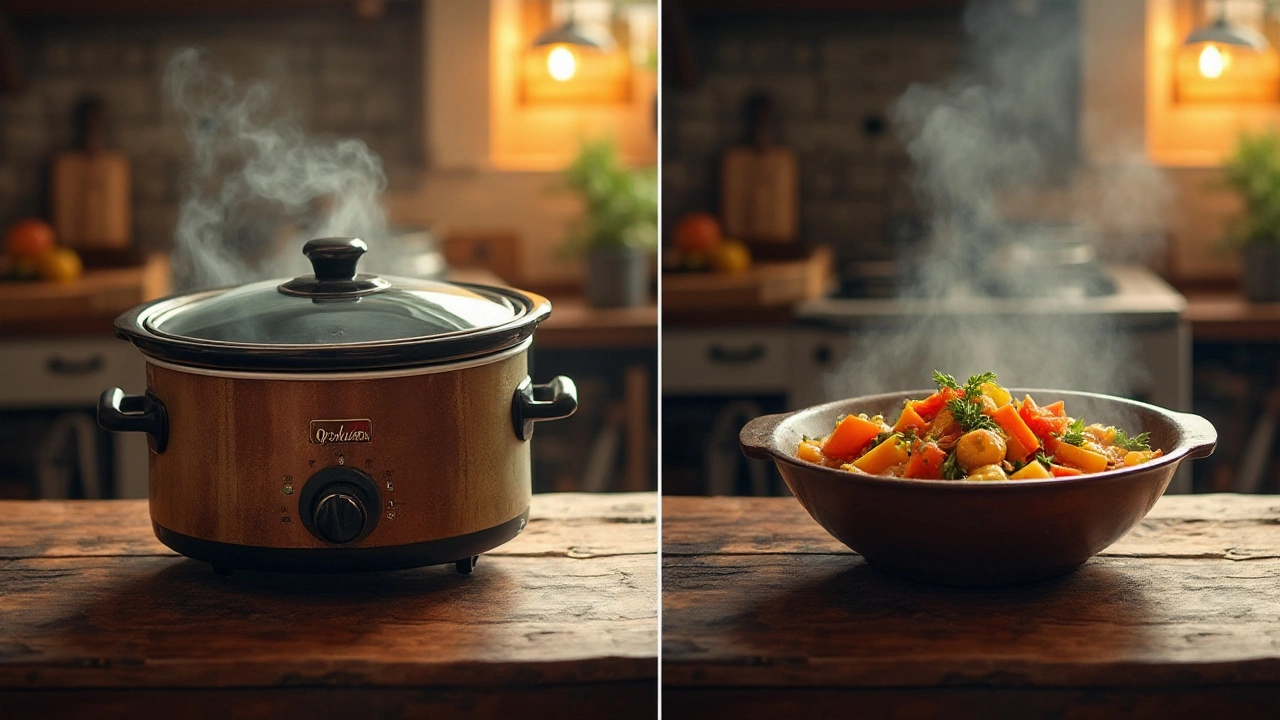High vs Low Cooking: Mastering Heat for Better Meals
Ever wonder why some recipes tell you to crank the heat up while others ask you to keep it low? The answer is simple: heat changes flavor, texture, and how fast food cooks. Knowing when to go high or stay low can make your dishes taste restaurant quality without a lot of fuss.
What High Heat Does for Your Food
High heat is perfect for searing, browning, and creating a crust. When you drop a steak in a hot pan, the surface caramelizes and locks in juices. The same idea works for veggies like broccoli or bell peppers—quick, high‑heat cooking keeps them crisp and bright. Use high heat when you need a fast finish, want a crunchy texture, or are developing rich, deep flavors.
Tips for high heat:
- Preheat the pan or grill until you can feel the heat before adding food.
- Dry the surface of meat or veggies – moisture steams instead of browns.
- Don’t overcrowd the pan; give each piece room to breathe.
When Low Heat Saves the Day
Low heat is the secret behind tender stews, fluffy rice, and melt‑in‑your‑mouth sauces. Cooking slowly allows fibers to break down gently, so the end result stays moist. Think of a slow‑cooked chicken soup or a pot of chili – the flavors meld over time, and there’s no risk of burning.
Tips for low heat:
- Start with a moderate temperature, then drop it to a simmer.
- Use a lid to trap steam and keep the heat even.
- Give the dish time – most low‑heat recipes need at least 20‑30 minutes of gentle cooking.
Balancing high and low heat doesn’t have to be complicated. Start by looking at the recipe’s goal: do you want a quick crust or a slow, tender finish? Then match the heat level to that goal.
For example, sauté onions on medium‑high until they’re golden, then add broth and lower the heat to let the sauce thicken slowly. Or, brown ground beef first, then let it simmer with tomatoes so the meat stays juicy while the flavors develop.
Remember, your stove’s settings vary. A ‘medium‑high’ on one stove might be too hot on another. Use visual cues – bubbles, color change, steam – to judge the heat instead of relying only on the dial.
By learning the high vs low basics, you’ll cut down on burnt food, improve texture, and get more consistent results. Next time you cook, ask yourself: do I need a quick sear or a gentle simmer? Your answer will guide the heat, and the dish will thank you.

Slow Cooker Timing: Comparing High and Low Settings
Explore the differences between using a slow cooker on high for 3 hours versus on low for 6 hours. This article delves into how these time settings affect cooking outcomes, textures, and flavors. Discover tips for making the most out of your slow cooker, ensuring meals are deliciously cooked to perfection. We'll also touch on meal prep ideas and common misconceptions about slow cooking.
More Detail